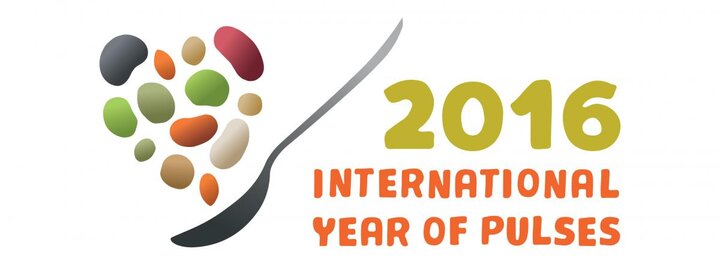Rollins Adams Emerson was born in upstate New York, but his family moved to Kearney when he was seven to homestead new farmland on the prairies. After completing high school, he enrolled in the Agricultural College at University of Nebraska, graduating in 1895 before joining the department as assistant horticulturalist. After a two-year stint as an assistant editor with the USDA Office of Experiment Stations in Washington DC, he returned to Nebraska in 1899 to accept a position with the Nebraska Experiment Station as horticulturalist, professor and head of the Horticulture Department.
Emerson Initiates Dry Bean Genetic Studies
Emerson then began a career of research in genetics, concentrating first on the common bean, thus becoming one of the early dry bean researchers in the US. In fact this work occurred more than 20 years before the start of the dry bean industry in Nebraska. His first experiments resulted in a paper published in 1902 entitled: “Preliminary Account of Variation in Bean Hybrids” with a second paper on bean hybrids appearing in 1904. He also published a number of later papers on inheritance of seed color, seed size, and other character traits of the common bean.

Celebrating 2016 the Year of the Pulse and the impact of dry bean production in Nebraska. The state ranks first in production of great northerns and fourth in overall US dry bean production. See related articles.
He was one of the first American scientists to understand and embrace the ideas of Gregor Mendel (also referred to as Mendelian genetics). These principles state that certain genetic traits are inherited or passed on to progeny from their parents. Mendel discovered and noted these characteristics experiments with garden peas. Emerson’s early landmark papers on dry bean breeding illustrated his firm grasp of the newly discovered laws of inheritance and highlighted his interest in testing the validity of Mendel’s laws using the genus Phaseolus (common bean) as his experimental model.
Cornell Years
Emerson took leave from the University of Nebraska in 1910-1911 to pursue a Ph.D. at Harvard. After obtaining the degree in 1912, he returned to Lincoln, but accepted an offer to become head of Cornell’s Department of Plant Breeding in 1914. It was here over the next three decades that he achieved his world renowned reputation as a pioneer corn geneticist. He eventually built a corn breeding and genetics dynasty, mentoring dozens of graduate students, many that went on to become famous geneticists in their own rights, including another Nebraskan, George Wells Beadle. George Beadle, from Wahoo, was jointly awarded the Nobel Prize in 1958 for discovering the role of certain genes in producing enzymes that regulate biochemical pathways in cells.
Although Emerson concentrated on corn as a model crop while at Cornell, research in his later years additionally included more breeding studies with dry beans, which was an important crop in New York at that time. He was able to transfer resistance to the disease anthracnose into new dry bean cultivars and was thus credited with saving the dry bean industry in New York State from disaster and collapse.
Emerson’s Legacy in Nebraska
The name of Rollins Emerson remains alive today in Nebraska agricultural history, although his innovative investigations or even his existence during the early years of dry bean research in the U.S. are largely unknown. The bacterial wilt-resistant Great Northern dry bean cultivar, ‘Emerson,’ developed by UNL breeder Dermot Coyne in 1971, was named in honor of the eminent Nebraskan geneticist. Although many producers today are familiar with the cultivar (still being used in Nebraska 40+ years later), few know the identity of the honored individual or of his early contributions to the state of Nebraska and its agriculture.
References
Kass, L. B., Bonneuil, C., and Coe, E. 2005. Cornfests, cornfabs and cooperation: The origins and beginnings of the Maize Genetics Cooperation News Letter. Genetics 169: 1787-1797.
Murphy, R. P., and Kass, L. B. 2011. Evolution of plant breeding at Cornell University, a centennial history (1907-2006). Internet-First University Press, Ithica NY, 139 pp.
Nelson, O. E. 1993. A notable triumvirate of maize geneticists. Genetics 135: 937-941.
Rhoades, M. M. 1949. Rollins Adams Emerson (1873-1947). National Academy of Sciences Biographical Memoirs 25: 312-323.
